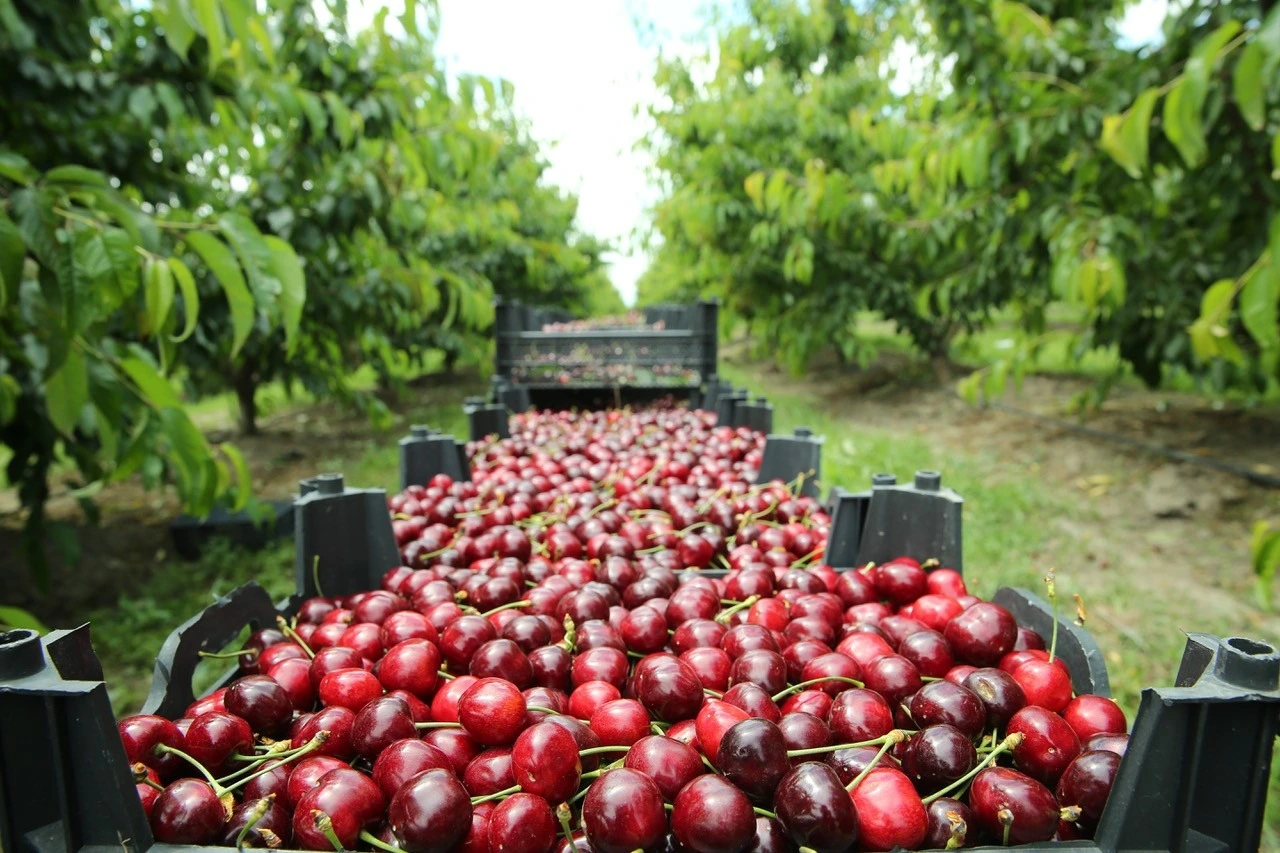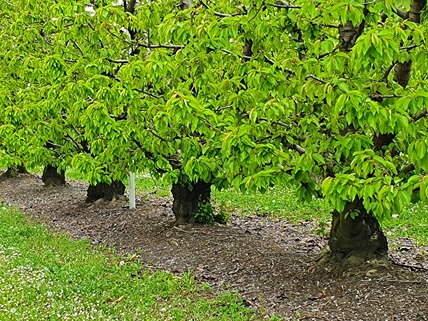Despite the frost heavily affecting the early cherry varieties, cherry growers remain optimistic about the overall quality of this season's harvest and the promising opportunities available in both local and international markets.
“Although there are fewer fruits on the trees this season, the quality and size of the fruits are exceptional,” says Deon Malherbe from Eselfontein farm in the Warm Bokkeveld, emphasizing that the season is running about fourteen to sixteen days behind last year.
According to Nico Verhoef, CFO of Witzenberg Properties, the early varieties, of which around 40-60% were destroyed by frost during the flowering phase, account for only about 10% of the total harvest. Fortunately, the later varieties were spared from frost, and producers are cautiously optimistic about the final part of the harvest.
“Producers in the early market segment faced a significant setback, but the reduced volume has contributed to increasing prices. We were also concerned that the cool spring conditions and late-season rain could affect the sugar levels of the cherries. However, we are now harvesting firm cherries with high sugar levels, much to our delight.”
Johan Brink, National Marketing Manager at Tru-Cape, notes that the market is currently empty, and cherry prices are approximately 25% higher than last year. “Local market prices are aligned with those of the export market, and we are seeing strong demand from local retailers and municipal markets.”
Nico adds that all South African retailers are now very interested in cherries, a shift from a few years ago. “The local public is more aware of cherries, and there is a growing demand in the informal market as well.”

Export Markets Calling
Currently, about 70% of Tru-Cape’s cherry harvest is sold in South Africa, but Johan sees promising opportunities in the UK, Europe, the Far East, and the Middle East. “Our strategy has always been to focus as much as possible on the local market to reduce risks. However, with new orchards and increased cherry production, we are shifting our approach to boost exports.” Deon is also excited about the possibility of South African cherries gaining access to the Chinese market by 2027. “It’s an extraordinary opportunity for our sector.”
Witzenberg Properties aims to sell 50% of its cherries in the export markets this year. “There is a real risk that the supply will exceed local demand; hence, it is crucial to diversify and explore new markets promptly,” explains Nico.
South Africa produces less than 1% of the world’s cherry supply, but Johan notes a clear preference for South African cherries in international markets. “The market is willing to pay a premium for South African cherries, thanks to their incredible flavor and exceptional quality.”
Better Varieties for Our Conditions
Deon is particularly enthusiastic about advancements in cultivar development within the cherry industry. “The new generation of varieties outperforms older cultivars, and if you’re not using the best varieties available, you should reconsider your approach. Factors such as fruit size, shelf life, taste, and yield will guide you in selecting varieties,” he explains, adding that cherries are an excellent example of an agricultural crop with both high risks and high rewards.
The market is looking for larger fruits, even 28 mm or more. “When choosing cultivars, you need to think ahead and consider these market trends,” he advises.
As South Africa’s leading pome fruit exporter, Tru-Cape Fruit Marketing remains focused on apples and pears, but cherries are a valuable addition to their marketing basket, according to Tru-Cape CEO Roelf Pienaar.
The South African Cherry Association forecasts significant growth of 54% in cherry orchards from 2020 to 2023. Notably, around 73% of the country’s cherry production is in the Ceres area, where many Tru-Cape shareholders are actively farming.
“Many of them are venturing into the cherry sector, which is an excellent diversification strategy for apple and pear growers. I see great potential in cherries, and we aim to increase our volumes in upcoming seasons, especially to leverage opportunities in commercial markets like the Far East and the Middle East,” says Roelf.
“At Tru-Cape, our sole purpose is to create value for our growers, and now we have the chance to enhance their agricultural businesses by marketing and promoting quality cherries.”
Source: Hortgro
Images: Farming Portal; Agrimark
Cherry Times - All rights reserved













